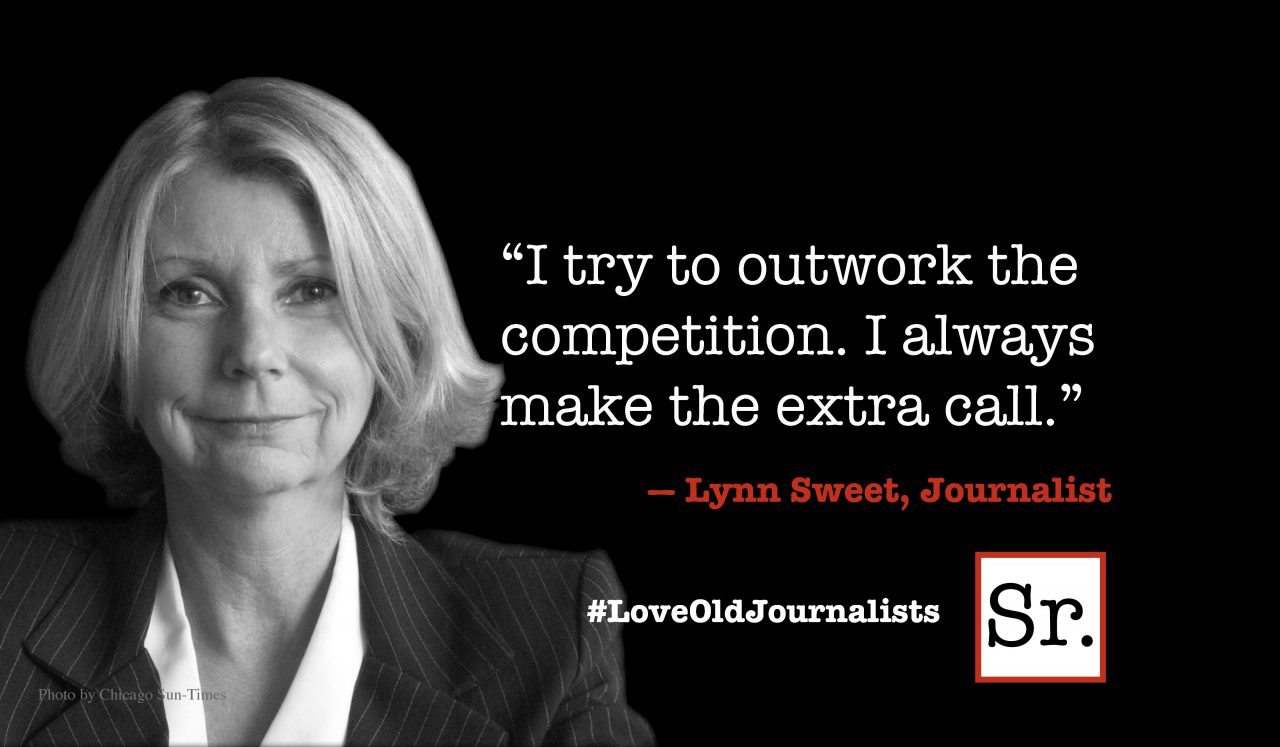Q. I’m very careful to avoid anything that might give me bursitis, which seems to run in my family. However, I’ve been suffering more lately in spite of my best efforts. Is this age-related?
Yes. Bursitis occurs more often as we age. As you are probably aware, repetitive motions are the worst things for people who tend to get bursitis. Other causes include joint trauma, rheumatoid arthritis, gout and infection.
Bursitis is inflammation of a bursa, which is a small sac filled with fluid. We each have about 160 of these bursae, which act as shock absorbers and grease for our joints. They are buffers between bones and overlapping muscles or between bones and tendons/skin. When bursae become inflamed, they can ache.
If you have bursitis, you may feel pain or stiffness in the elbow, hip, knee, shoulder, heel, big toe or other joints; stronger pain with movement or pressure; swelling, warmth and redness.
While repetitive motions are the usual culprits in bursitis, simple pressure can cause inflammation, too. A couple of examples: Pushing a vacuum cleaner can give you bursitis in your elbow. But sitting on a hard surface for a long time can inflame the bursa over a bone in your buttocks.
You can usually take care of bursitis yourself. Rest the affected joint. An ice pack will reduce swelling. To reduce pain and inflammation, take a nonsteroidal anti-inflammatory (NSAID) such as ibuprofen or aspirin. It usually takes a week or so for bursitis to go away.
You should go to your doctor if the symptoms don’t subside after 10 days; you have a fever; there’s excessive swelling, redness, bruising or a rash in the affected area; pain is sharp, shooting or disabling; you have a medical condition or you take drugs that may increase your risk of an infection.
If you need professional care, your doctor may recommend physical therapy or a cortisone injection into the bursa to relieve inflammation.
Ultrasound treatment is often used by physical therapists and many other healthcare providers to treat bursitis. Ultrasound relieves pain and inflammation, speeds healing, reduces muscle spasms and increases range of motion.
Ultrasound makes high frequency sound waves. The sound waves vibrate tissues deep inside the injured area. This creates heat that draws more blood into the tissues. The tissues then respond to healing nutrients brought in by the blood.
Treatment is given with a soundhead that is moved gently in strokes or circles over the injured area. The procedure may be performed with the soundhead alone or with a topical anti-inflammatory drug or gel.
(Personal note: My wife, Gale, swears by ultrasound for treating her occasional bouts of bursitis.)
However, if the bursitis is caused by a bacterial infection of the bursa, it will have to be drained and you will need antibiotic treatment.
- Here are some tips to help prevent bursitis:
- If you must undertake a job that requires repetitive movements, take many breaks.
- Avoid sustained pressure on a bursa. For example, don’t sit on hard chairs for long periods. If you have to do a job on your hands and knees, use knee cushions. Don’t rest your elbows on hard surfaces. Don’t wear ill-fitting shoes.
- Exercise the muscles in the joints that tend to get bursitis. You can protect these joints by strengthening the muscles around them. Of course, don’t exercise until all bursitis symptoms are gone.
- Prior to exercising you should always warm up and stretch your muscles.
If you would like to read more columns, you can order a copy of “How to be a Healthy Geezer” at www.healthygeezer.com.








